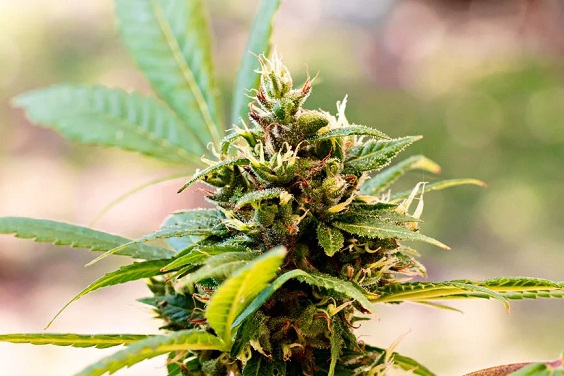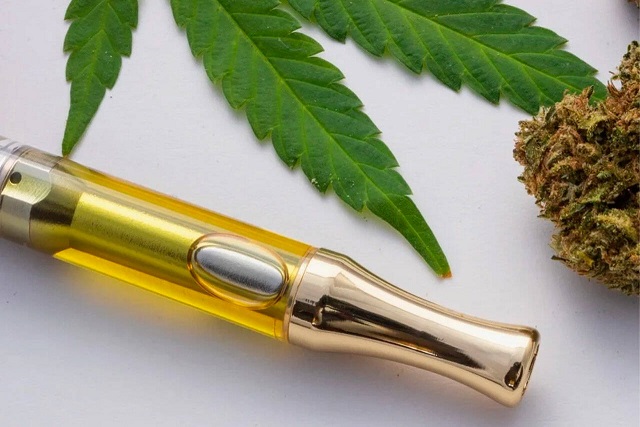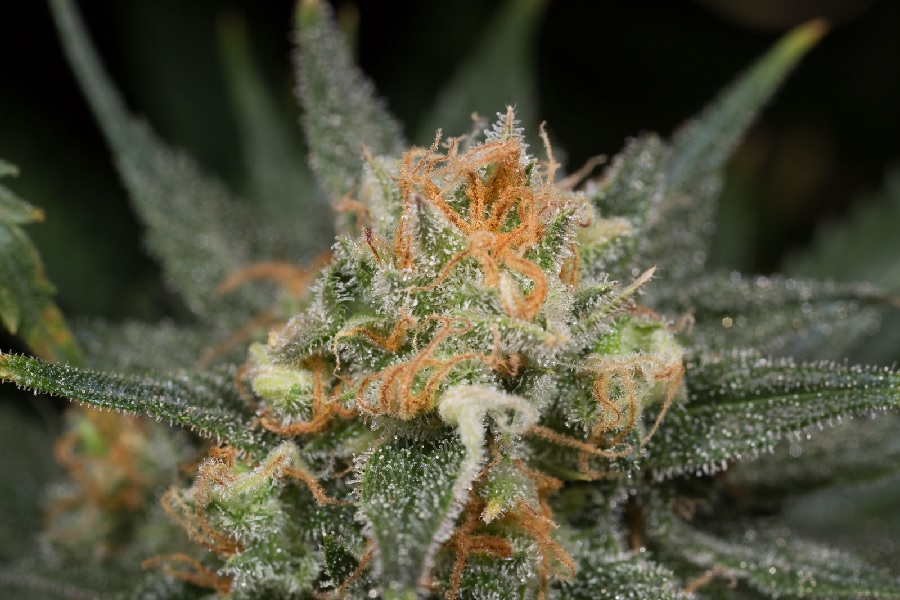If you’re looking to explore the world of cannabidiol (CBD), you may have come across the term CBD bud. This blog post aims to provide you with a comprehensive overview of CBD bud, discussing its origins, uses, benefits, and potential legal considerations. Whether you’re new to CBD or looking to expand your knowledge, this article will cover everything you need to know about this fascinating product.
What is CBD Bud?
CBD bud, also known as CBD flower, is the flower of the hemp plant that contains high levels of cannabidiol (CBD) and low levels of tetrahydrocannabinol (THC). Unlike THC, which is the psychoactive component found in cannabis, CBD does not produce a “high.” This makes CBD bud a popular choice for those seeking the potential therapeutic benefits of cannabis without the intoxicating effects.
Origins and Cultivation
The hemp plant, from which CBD bud is derived, has been cultivated for thousands of years. Historically, hemp has been used for a variety of purposes, including textiles, paper, and even as a medicinal remedy. Over recent years, the cultivation of hemp specifically for CBD has gained significant momentum.
Cultivating hemp for CBD requires meticulous attention to detail. Farmers must ensure that the plant is grown in optimal conditions to maximise CBD content while minimising THC levels. This often involves implementing specific agricultural practices and adhering to stringent regulatory standards. Once harvested, the buds undergo a drying and curing process before they are packaged and made available for purchase.
How to Use CBD Bud
There are several ways to consume CBD bud, each with its own set of benefits and drawbacks. Some of the most common methods include:
- Smoking: One of the most traditional ways to consume CBD bud is by smoking it. This method offers rapid onset of effects but may not be suitable for individuals with respiratory issues.
- Vaping: Vaping is another popular option, providing a quicker onset of effects compared to other methods. It is considered a less harmful alternative to smoking.
- Edibles: CBD bud can also be used to make edibles such as gummies, cookies, or brownies. This method offers a more discreet way to consume CBD, although the onset of effects is slower compared to smoking or vaping.
- Tinctures and Oils: Some people prefer to infuse CBD bud into tinctures and oils, which can then be consumed sublingually (under the tongue) or added to food and drinks.
Potential Benefits
While scientific research on CBD is still in its early stages, preliminary findings and anecdotal evidence suggest a range of potential benefits. These may include:
- Relief from Anxiety and Stress: Many users report that CBD helps alleviate symptoms of anxiety and stress, promoting a sense of calm and relaxation.
- Pain Management: CBD is believed to have anti-inflammatory properties that can assist in pain relief, making it a popular choice for those dealing with chronic pain conditions.
- Improved Sleep: Some evidence suggests that CBD may help improve sleep quality, making it a potential remedy for those struggling with insomnia or other sleep disorders.
- Neuroprotective Properties: Research is ongoing, but some studies indicate that CBD may have neuroprotective effects, potentially benefiting conditions such as epilepsy and multiple sclerosis.



